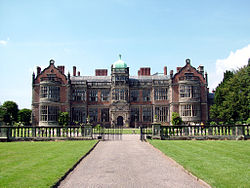
Earl of Shrewsbury is a hereditary title of nobility created twice in the Peerage of England. The second earldom dates to 1442. The holder of the Earldom of Shrewsbury also holds the title of Earl of Waterford (1446) in the Peerage of Ireland and Earl Talbot (1784) in the Peerage of Great Britain. Shrewsbury and Waterford are the oldest earldoms in their peerages held by someone with no higher title, and as such the Earl of Shrewsbury is sometimes described as the premier earl of England and Ireland.
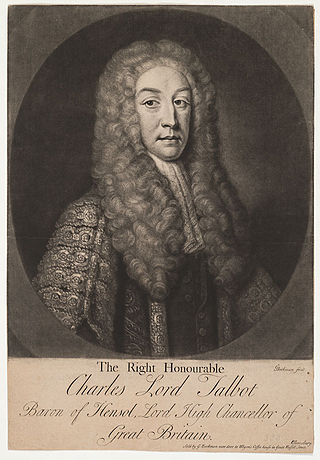
Earl Talbot is a title that has been created twice in the Peerage of Great Britain. This branch of the Talbot family descends from the Hon. Sir Gilbert Talbot, third son of John Talbot, 2nd Earl of Shrewsbury. His great-great-great-grandson, the Right Reverend William Talbot, was Bishop of Oxford, of Salisbury and of Durham. His eldest son Charles Talbot was a prominent lawyer and politician. In 1733, he was raised to the Peerage of Great Britain as Lord Talbot, Baron of Hensol, in the County of Glamorgan, and then served as Lord High Chancellor of Great Britain from 1733 to 1737.
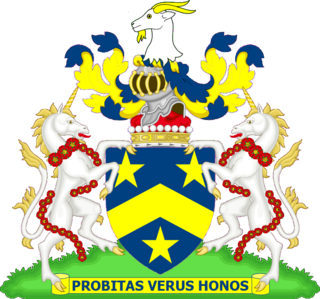
Viscount Chetwynd, of Bearhaven in the County of Kerry, is a title in the Peerage of Ireland. It was created in 1717 for Walter Chetwynd, with remainder to the issue male of his father John Chetwynd. He was made Baron Rathdowne, in the County of Dublin, at the same time, also in the Peerage of Ireland and with the same remainder. Chetwynd notably represented Stafford in the House of Commons on three occasions between 1702 and 1734, and also served as ambassador to Turin. He was succeeded according to the special remainders by his younger brother, the second Viscount, who sat as a Member of Parliament for St Mawes, Stockbridge and, from 1738 to 1747 for Stafford and served as ambassador to Madrid.
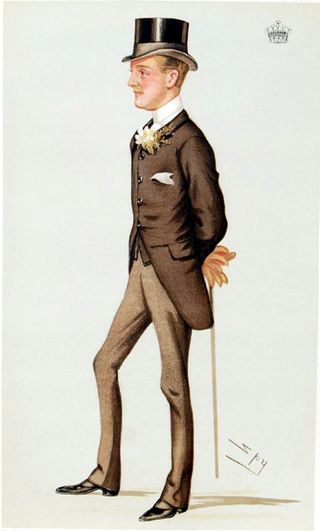
Major Charles Henry John Chetwynd-Talbot, 20th Earl of Shrewsbury, 20th Earl of Waterford, 5th Earl Talbot, KCVO, styled Viscount Ingestre from 1868 to 1877, was a British peer. Unusually for a wealthy nobleman of the period, he began several businesses connected with road transport, with mixed success.

Charles Henry John Benedict Crofton Chetwynd Chetwynd-Talbot, 22nd Earl of Shrewsbury, 22nd Earl of Waterford, 7th Earl Talbot,, styled Viscount Ingestre until 1980, is an English nobleman and the Lord High Steward of Ireland. He is the premier earl in the Peerage of England as the Earl of Shrewsbury, and in the Peerage of Ireland as the Earl of Waterford (1446). He also holds the titles of Earl Talbot and Baron Talbot.

Charles Augustus Stanhope, 8th Earl of Harrington, known as Viscount Petersham from 1866 to 1881, was a British peer and successful polo player.

Tixall is a small village and civil parish in the Stafford district, in the English county of Staffordshire lying on the western side of the Trent valley between Rugeley and Stone, Staffordshire and roughly 4 miles east of Stafford. The population of the civil parish taken at the 2011 census was 239.

Talbot is an English Old French-origin surname. Notable people with the name include:
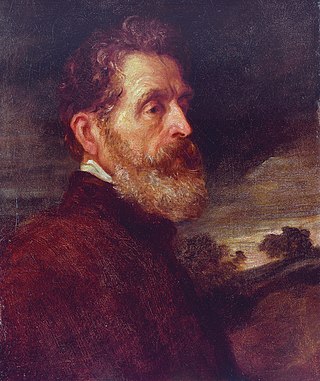
Henry John Chetwynd-Talbot, 18th Earl of Shrewsbury, 18th Earl of Waterford, 3rd Earl Talbot, CB, PC, styled Viscount Ingestre between 1826 and 1849 and known as The Earl Talbot between 1849 and 1858, was a British naval commander and Conservative politician.

The Chetwynd Baronetcy, of Brocton Hall in the County of Stafford, is a title in the Baronetage of Great Britain. It was created on 1 May 1795 for Sir George Chetwynd, Kt., of Brocton Hall, Staffordshire, for many years Clerk to the Privy Council. The second Baronet was a member of parliament for Stafford and High Sheriff of Warwickshire in 1828. The fourth Baronet served as High Sheriff of Warwickshire in 1875. As of 13 June 2007, the presumed ninth Baronet has not successfully proven his succession and is therefore not on the Official Roll of the Baronetage, with the Baronetcy dormant since 2004.

Charles John Chetwynd-Talbot, 19th Earl of Shrewsbury, 19th Earl of Waterford, 4th Earl Talbot, PC, styled Viscount Ingestre between 1849 and 1868, was a British Conservative politician. He served as Captain of the Honourable Corps of Gentlemen-at-Arms under Benjamin Disraeli between 1875 and 1877.

Charles Chetwynd Chetwynd-Talbot, 2nd Earl Talbot, KG, PC, FRS, styled Viscount of Ingestre between 1784 and 1793, was a British politician and slave holder. He served as Lord Lieutenant of Ireland between 1817 and 1821.

Walter Chetwynd, 1st Viscount Chetwynd, of Rudge and Ingestre, Staffordshire was a British Whig politician who sat in the House of Commons between 1702 and 1734.

John Chetwynd, 2nd Viscount Chetwynd was a British diplomat and politician who sat in the House of Commons between 1715 and 1747.
William Richard Chetwynd, 3rd Viscount Chetwynd was a British politician who sat in the House of Commons from 1715 to 1770.
William Richard Chetwynd was an English aristocrat and politician.

Ingestre is a village and civil parish in the Stafford district, in the county of Staffordshire, England. The population of the civil parish taken at the 2011 census was 194. It is four miles to the north-east of the county town of Stafford.

John Talbot, 1st Earl Talbot, known as John Talbot until 1782 and as The Lord Talbot between 1782 and 1784, was a British peer and politician.
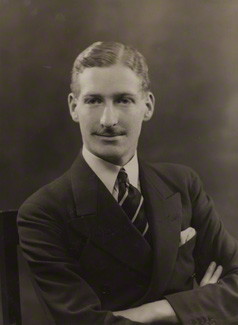
John George Chetwynd-Talbot, 21st Earl of Shrewsbury, 21st Earl of Waterford, 6th Earl Talbot, styled Viscount of Ingestre from 1915 to 1921, was a British peer.
Nadine Muriel, Countess of Shrewsbury, known professionally as Nadine Talbot and later as Nadine Credi, was an English opera soprano and the first wife of John Chetwynd-Talbot, 21st Earl of Shrewsbury (1914–1980). They married in 1936.
